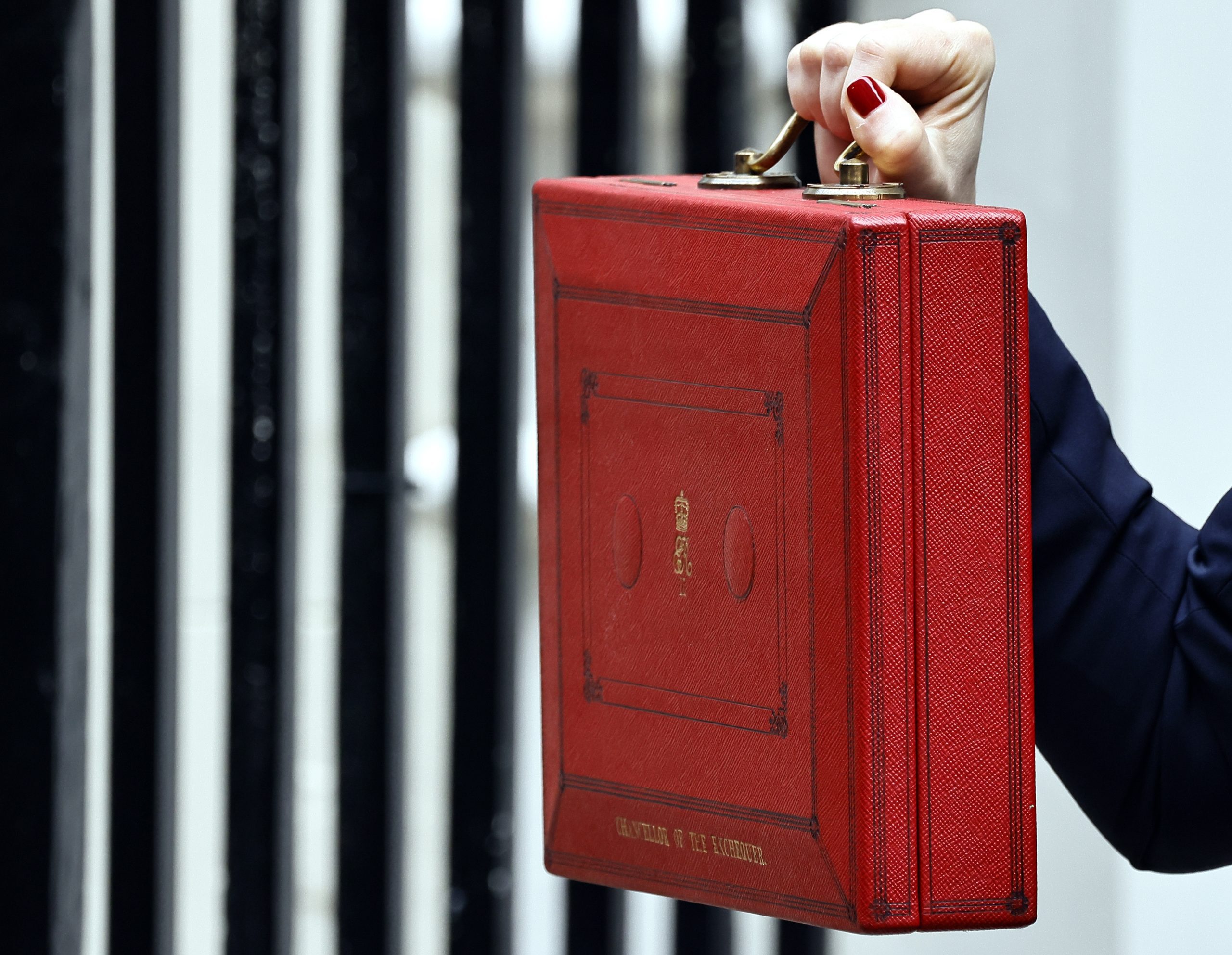At present, until 5 April 2016, there are opportunities to pay more into your pension fund and still qualify for tax relief. The maximum, for some tax payers, is doubled in 2015-16 from £40,000 to £80,000. This is due to a technical issue that aligns the pension input period with the tax year.
It is also possible to utilise unused allowances from earlier years in 2015-16.
From 6 April 2016 there are changes for additional rate (45%) tax payers (those with income in excess of £150,000). From this date, a restriction in the annual allowance of £40,000 will apply amounting to £1 for every £2 that adjusted income exceeds £150,000. This downward adjustment will continue until the annual allowance reaches £10,000.
Accordingly, if you pay income tax at 45% and your adjusted income exceeds £210,000 your annual allowance for pension relief purposes will be £10,000.
Most experts agree that the Treasury is also considering a move to a flat rate system where all taxpayers receive tax relief at the same rate. It is expected that the rate will be set somewhere between 20% and 40%: the higher the rate the less benefit to the Treasury so the eventual change will possibly be closer to 20% than 40%. This will incentivise basic rate taxpayers to save more in their pension schemes and be a disincentive to those paying income tax at the additional 40% rate.
The phrase “make hay while the sun shines” comes to mind.
If you have a private pension scheme you would probably benefit from a discussion with your pensions and tax advisors. The clock is ticking. Any further changes will likely be announced as part of the Budget speech on 16 March…




